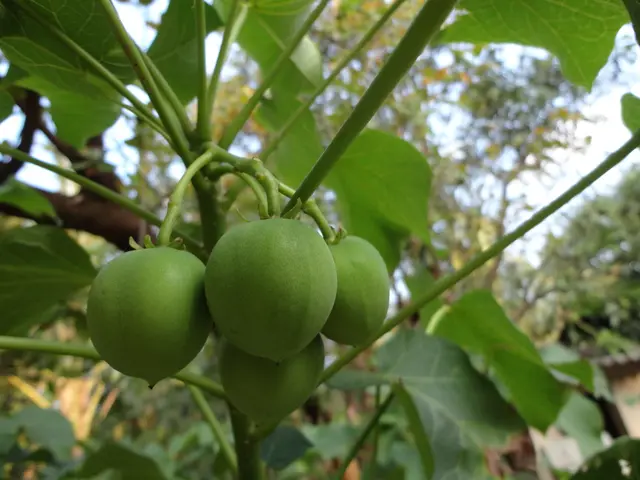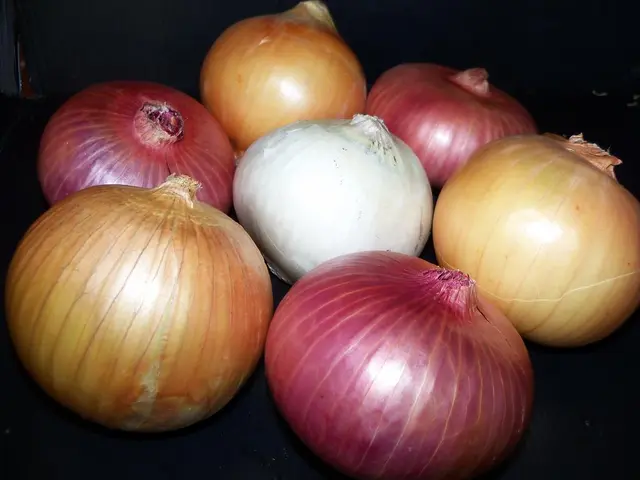Frequency of Watering Hydrangeas for Optimal, Vibrant Blossoms
Hydrating Your Hydrangeas: A Comprehensive Guide
Embrace the bloom with these expert tips on watering hydrangeas for stunning flowers all season long.
Watering Frequency and Quantity
- Watering Summary: Hydrangea plants typically need 1 to 2 deep waterings per week (around 1 inch of water totals), more for young ones and less for established ones. Adjust based on factors like soil type, sun exposure, temperature, and container size.
Age of Plants
- Newly transplanted hydrangeas: Frequent and thorough watering is essential to bolster deep root growth. Water every other day for the young'uns.
- Established hydrangeas: These beauties can handle a weekly dousing, but crave more H2O in summer heat or dry spells.
Soil Considerations
- Soil preference: Choose a fertile, well-draining soil mix that remains moist (but not soggy) for balanced hydrangea health.
Soil Types
- Clay-based soils: These dense, heavy soils retain moisture, requiring less frequent watering.
- Sandy soils: Light, aerated sandy soils dry out quicker, necessitating more consistent hydration.
Container-Grown Hydrangeas
- Opt for container soil with good aeration for efficient moisture retention and proper drainage.
Sunlight and Temperature
- Sunlight exposure: Most hydrangeas thrive in partial sun, but a few varieties can tolerate full sun. The lesson here? Sunlight affects water needs—hydrangeas in full sun will need more frequent watering because they dry out faster.
Container Size
- Container guardians: Large containers hold more moisture, reducing watering needs. A bigger pot means less frequent hydration.
Signs of Underwatering
- Symptoms of thirst: Drooping leaves, dry soil when tested at root depth, and wilting during early mornings or late afternoons.
Signs of Overwatering
- Too much of a good thing: Waterlogged soil, soggy roots, yellowing leaves, and a thriving fungal party.
When and How to Water
- Best watering practices: Hydrate hydrangeas in the AM, allowing water to seep deep into the soil before the midday sun evaporates it away. If morning watering is out of the question, evening hydration is the second-best option. In terms of method, test the soil before watering to gauge its moisture level, then water accordingly based on the conditions that day. Deep soaks are recommended for robust hydrangea health.
- Martha Stewart, an expert on gardening and lifestyle, recommends a regular watering schedule for flower gardens, withHydrangea plants needing 1 to 2 deep waterings per week, depending on the plant's age, soil type, sun exposure, temperature, and container size.
- To maintain balanced hydrangea health, choose a fertile, well-draining soil mix that remains moist but not soggy, and consider container soil with good aeration for efficient moisture retention and proper drainage.
- Established hydrangeas can handle a weekly dousing, but young ones require frequent and thorough watering to bolster deep root growth, especially when first transplanted.








